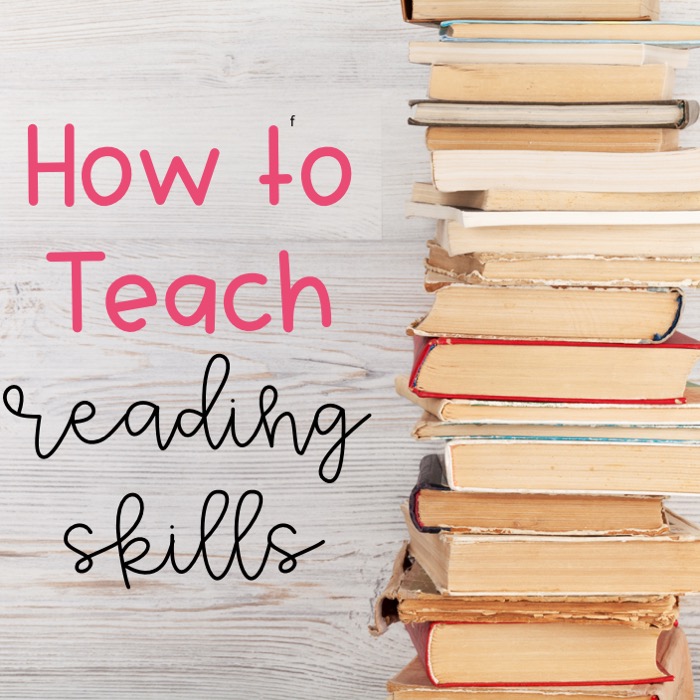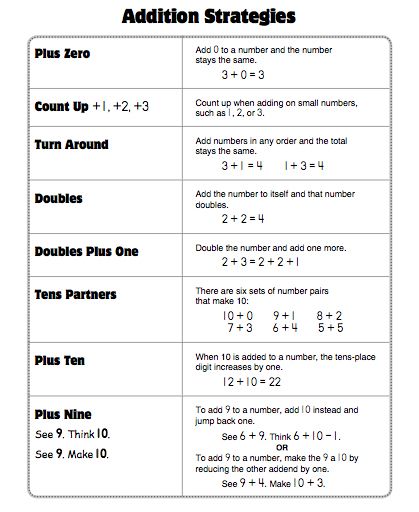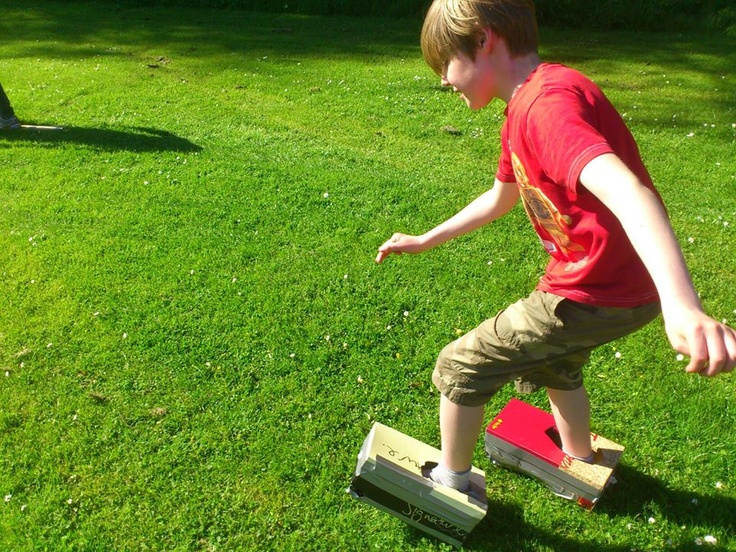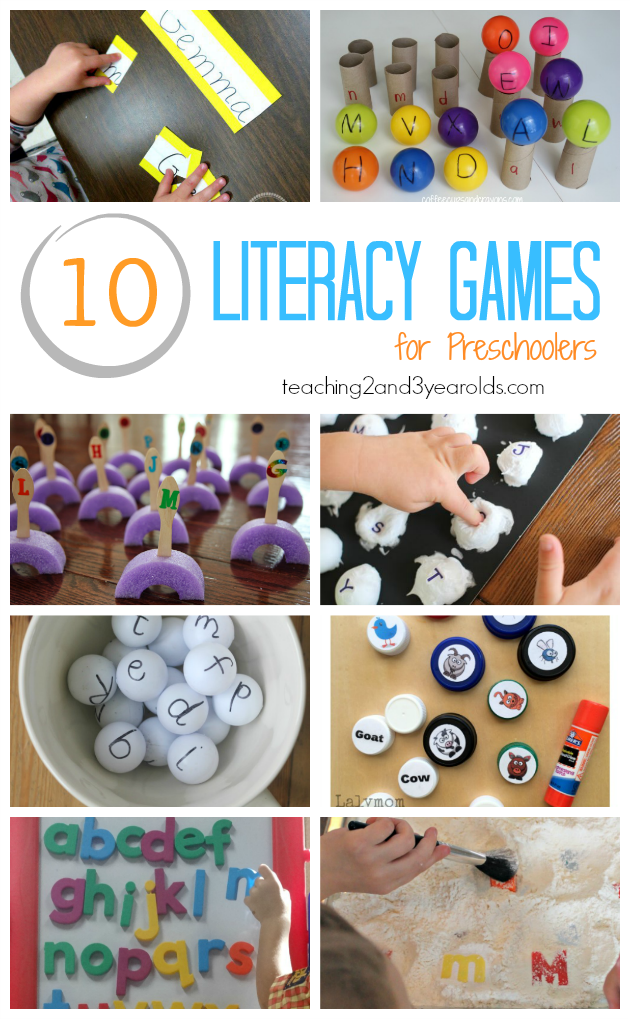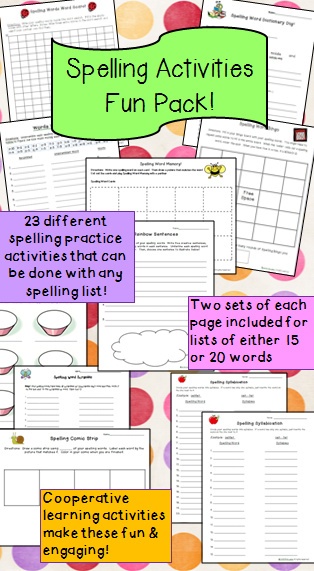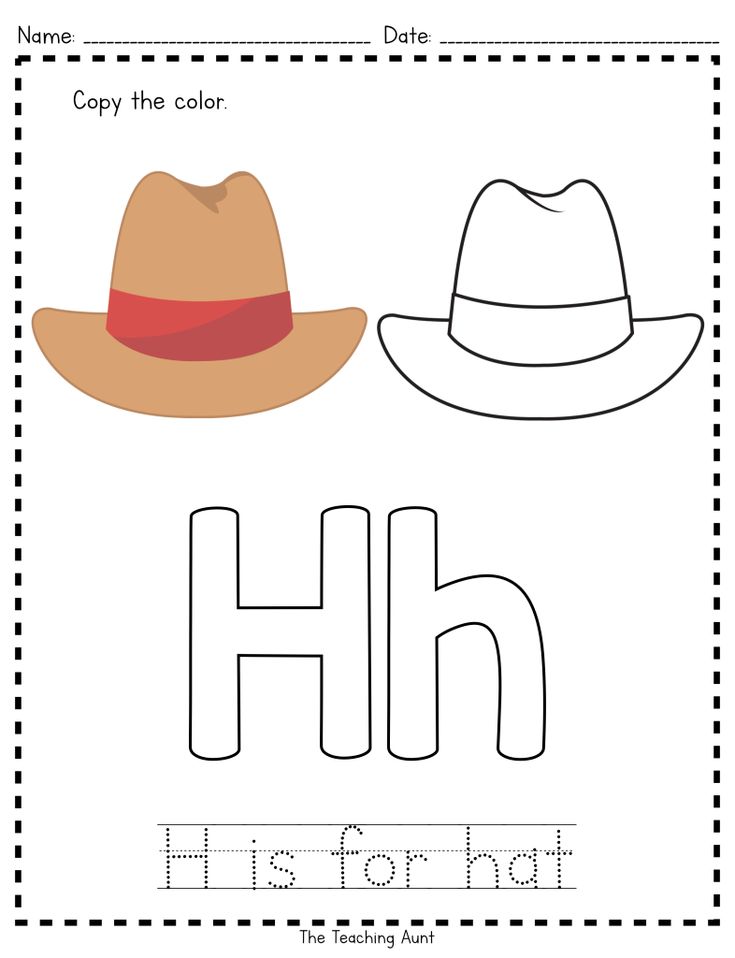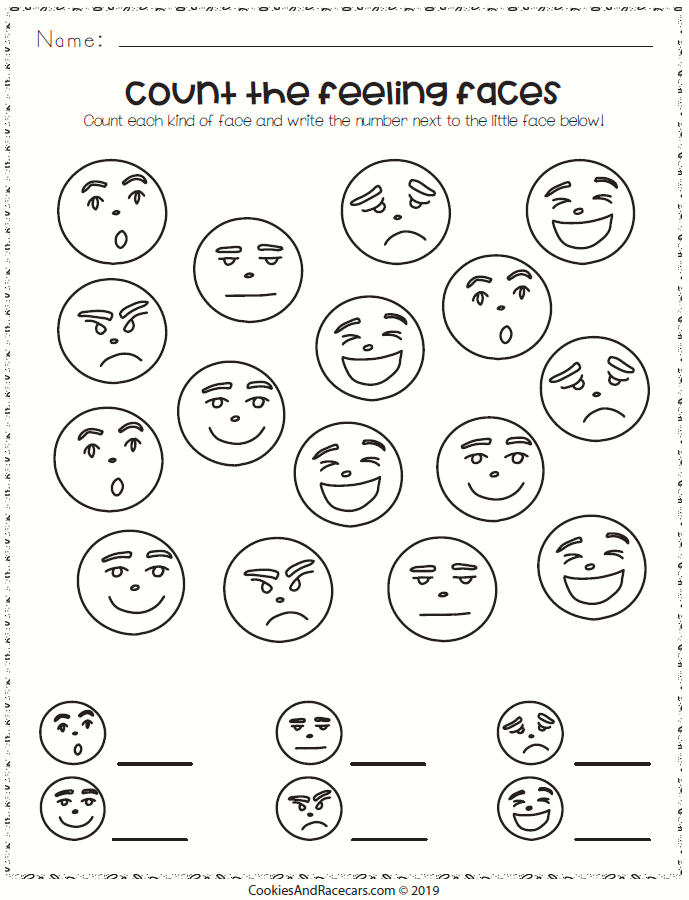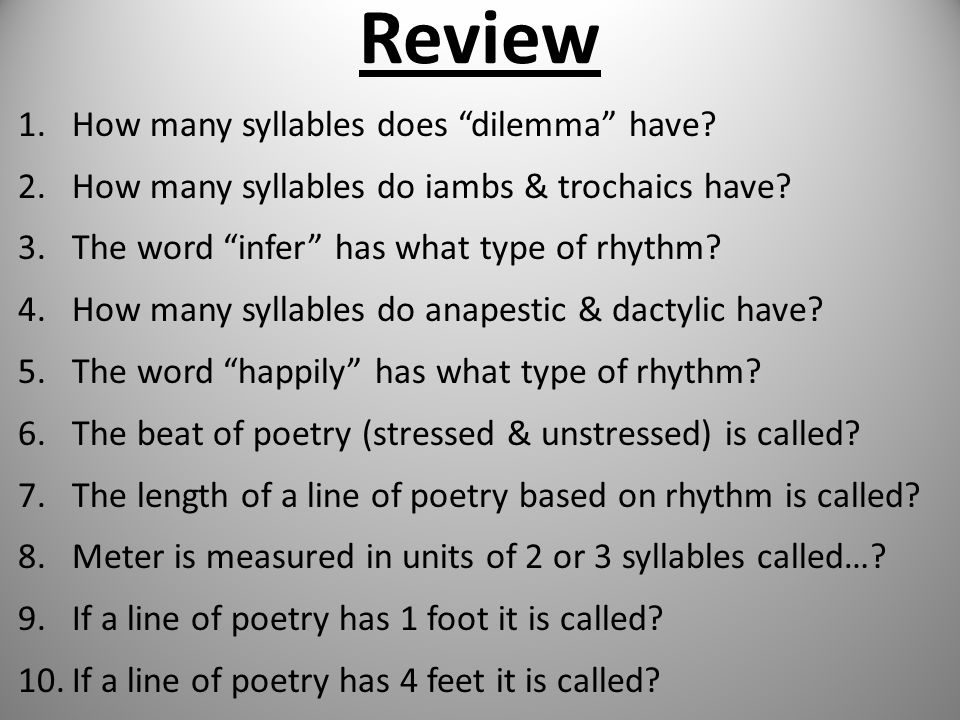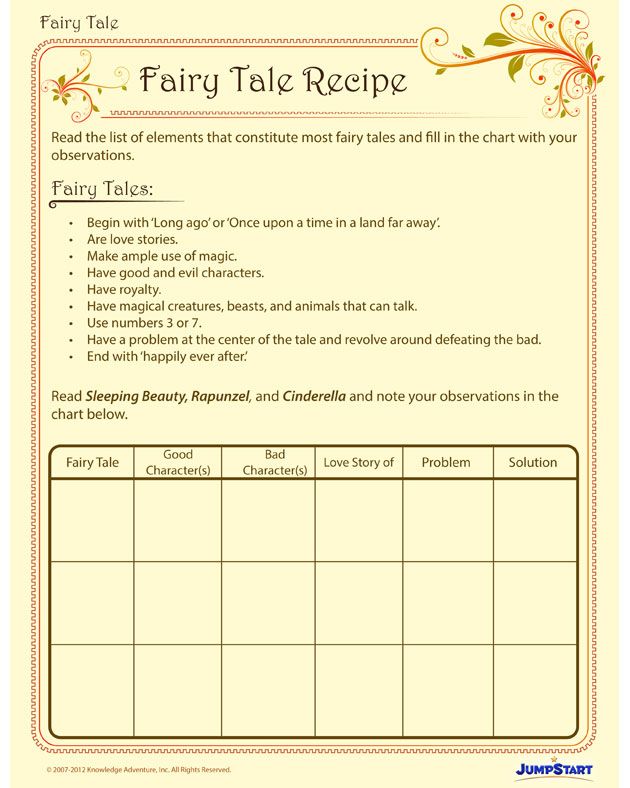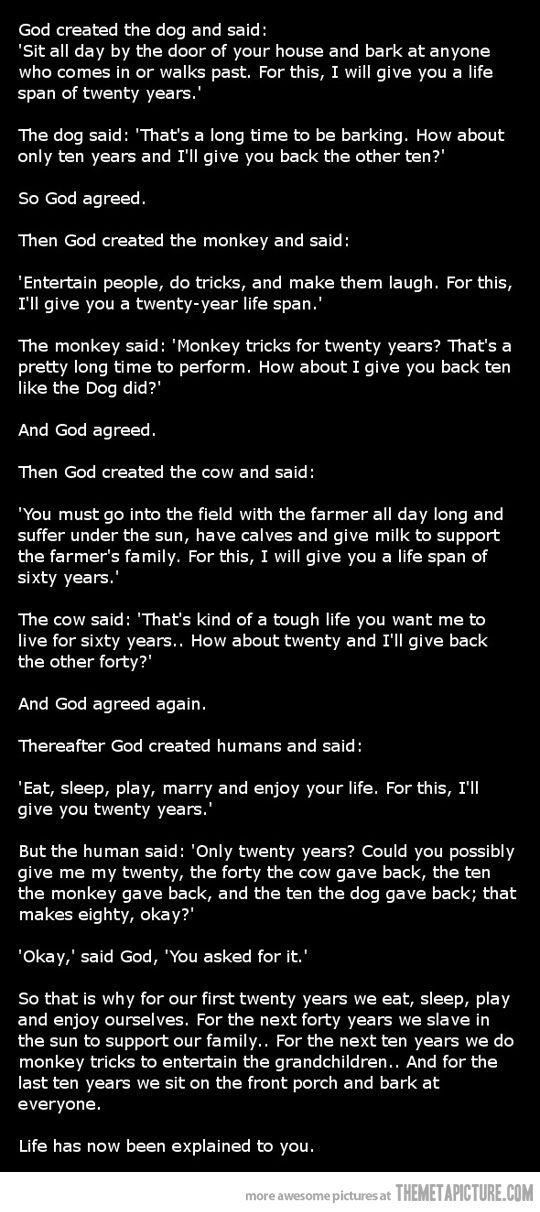Best teaching reading books
These Books Answer All of Your Questions About Teaching Reading
Topic: Reading
You’re going to want to read them all.
About five minutes into my first year of teaching, I realized I was certified but clueless when it came to teaching kids to read. Almost 20 years later, I’m still asking questions about how to best reach my students. I’m always on the lookout for the best professional books about teaching reading.
So, whether you’re just getting started teaching, or you’ve been around for decades, here are some of the questions you may be asking yourself and ten books that will provide answers.
Q: What am I supposed to do with the kids sitting in front of me?
A: The Next Step Forward in Guided Reading by Jan Richardson
This book is the go-to for teaching guided reading. There’s a big difference between understanding the concept of guided reading and actually teaching a group of sweet kiddos how to read. This book is a must to help you make that transition from concept to reality.
Q: Is it time for a fresh look at balanced literacy?
A: Who’s Doing the Work by Jan Burkins and Kim Yaris
Take a new look at balanced literacy in this in-depth (and easy to read) explanation of each of the four reading components. The authors walk you through what that might look like at various grade levels. (Shared reading isn’t just for kinder and first grade friends!) Most importantly, it will help you realize some well-intentioned things you may be doing that get in the way of your students’ reading success.
Q: Why am I talking about levels instead of students?
A: The Fountas and Pinnell Literacy Continuum by Irene Fountas and Gay Su Pinnell
I came across a picture on Donalyn Miller’s Facebook page of a little boy holding a sign that said, “I am not an H.” My heart stopped. I talked about students as if their identity was a reading level.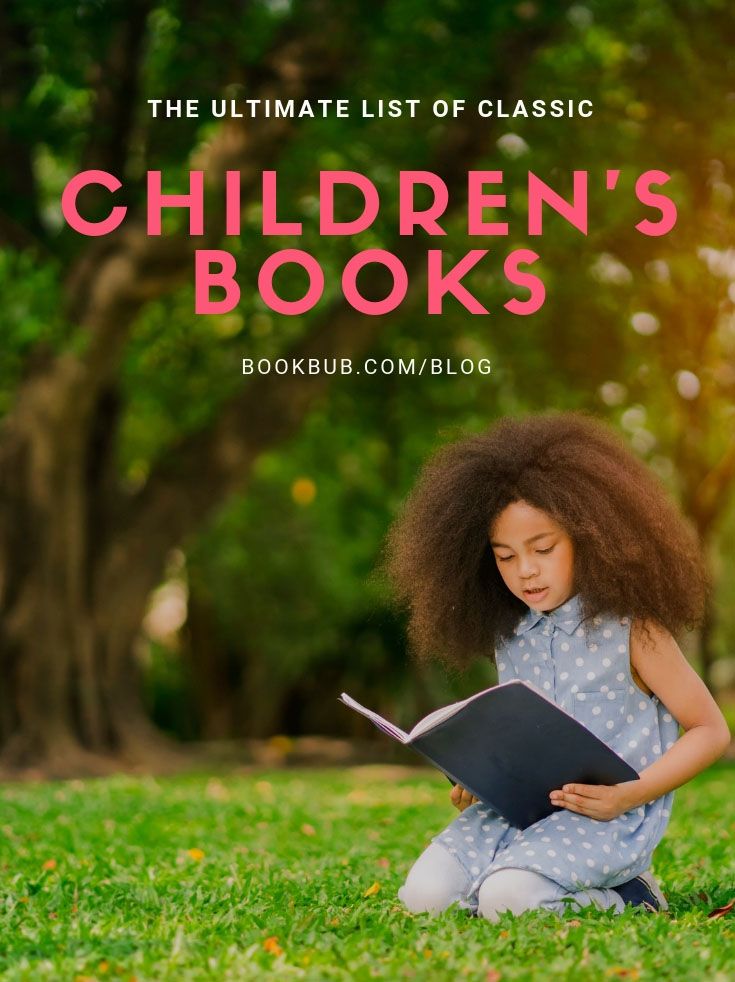 What does a level H mean anyway? A level is a way of talking about where students are on a path of literacy learning. The Literacy Continuum has a rich 6-8 page explanation of each guided reading level A-Z including characteristics of the texts and what learners need to read successfully at that level. This book has allowed me talk about reading behaviors versus reducing a student’s identity to a level.
What does a level H mean anyway? A level is a way of talking about where students are on a path of literacy learning. The Literacy Continuum has a rich 6-8 page explanation of each guided reading level A-Z including characteristics of the texts and what learners need to read successfully at that level. This book has allowed me talk about reading behaviors versus reducing a student’s identity to a level.
Q: What are the rest of my kids supposed to be doing anyway?
A: The Daily 5 by Gail Boushey and Joan Moser
We spend a lot of time worrying about the students sitting in front of us. But what about their time working independently? The Daily 5 caused me to reevaluate the work I was asking students to do outside of our small group time. Were they growing independently as readers? Or just being kept busy? This book will help you structure your reading time so every moment counts, even the ones not with you.
Q: What would it look like if everyone wasn’t reading the same book?
A: Conferring with Readers by Jennifer Serravallo and Gravity Goldberg
Ready to stretch beyond your guided reading comfort zone? It sounds great to let students select texts based on interest, but it also sounds like complete chaos. The authors helped me wrap my brain around how it might work for me to let go of the class or a small group reading the same text, and instead shift to meeting with students one on one or in strategy groups.
The authors helped me wrap my brain around how it might work for me to let go of the class or a small group reading the same text, and instead shift to meeting with students one on one or in strategy groups.
Q: Why am I throwing strategies out like Mardi Gras beads?
A: The Reading Strategies Book by Jennifer Serravallo
You get a strategy! You get a strategy! Everybody gets a strategy! I often found that I was just randomly throwing strategies at my students and hoping something would stick. Inside this book, you’ll find over 300 strategy lessons grouped around 13 concepts. Each group of strategies builds in complexity. A single page per strategy gives an overview of how to support the reader, what guided reading levels it is geared towards, and an example of an anchor chart or quick visual to share with students.
Q: How do I defend independent reading as a classroom practice?
A: No More Independent Reading Without Support by Debbie Miller and Barbara Moss
Here you’ll find all the ammo you need if (for some ridiculous reason) you need to defend the time your students spend reading independently in class.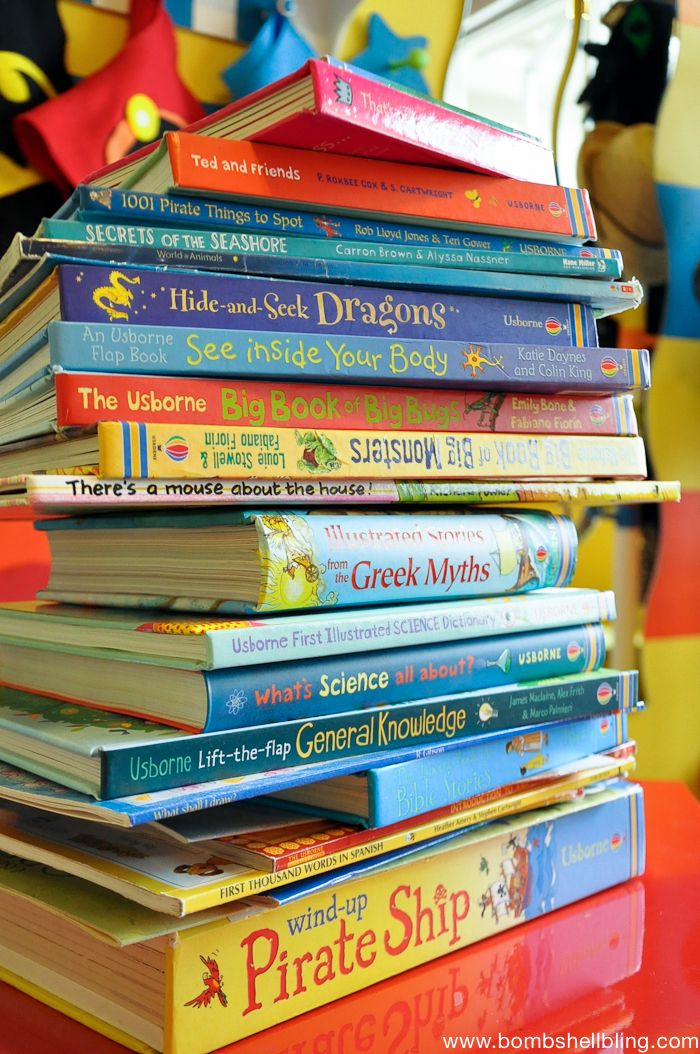 It’s also a great short read that will push you to question your independent reading practices so that students will receive the full benefit of this time.
It’s also a great short read that will push you to question your independent reading practices so that students will receive the full benefit of this time.
Q: Why is teaching vocabulary such a chore?
A: No More “Look Up the List” Vocabulary Instruction by Charlie Cobb and Camille Blachowicz
I’ll be honest. I knew vocabulary was important, but I also knew everything I had tried wasn’t working. This book helped me develop strategies beyond just reviewing word meanings with students. This is a quick, easy read that packs a big punch.
Q: What is missing from my literacy instruction?
A: The Book Whisperer by Donalyn Miller
Donalyn answered a question I didn’t even realize I was wondering. As soon as I started reading this book, I recognized what the hole was in my instruction. That missing piece in my classroom wasn’t being the best at teaching guided reading groups, whole class novel studies, or literature circles.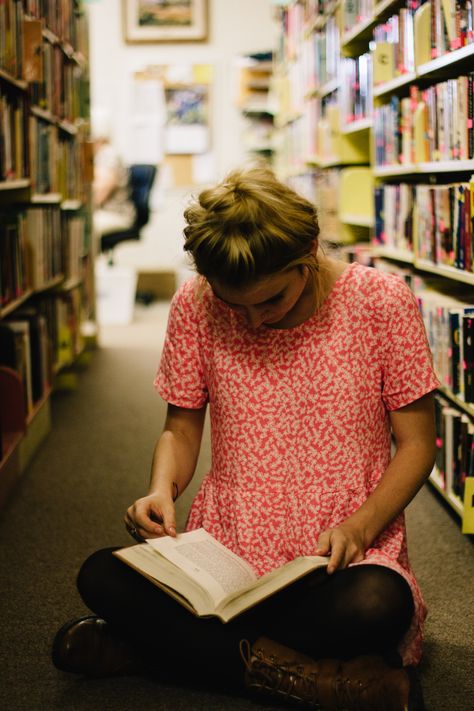 Instead, it was giving my students a reading experience beyond assignments, responses, and projects. This book will help you shift your thinking into that beyond with your readers.
Instead, it was giving my students a reading experience beyond assignments, responses, and projects. This book will help you shift your thinking into that beyond with your readers.
Q: What are my responsibilities as a teacher of reading?
A: Disrupting Thinking by Kylene Beers and Robert E. Probst
Now matter where you are in your understanding of reading instruction, this book will make you rethink your responsibilities as a teacher. The authors challenge us to think about the line many of us walk between creating authentic reading experiences for our students and teaching in a standardized test driven culture. “Did you finish that interesting article on the global water shortage, then call your friend so she could ask you ten multiple choice questions about the text?” I’m going to guess that’s a nope. Get ready to question what you’re doing and why.
My understanding of literacy wasn’t transformed during in-services featuring 70 slide PowerPoints that were read to me word for word (#truestory), but from the pages of books like these and conversations with other educators about those ideas.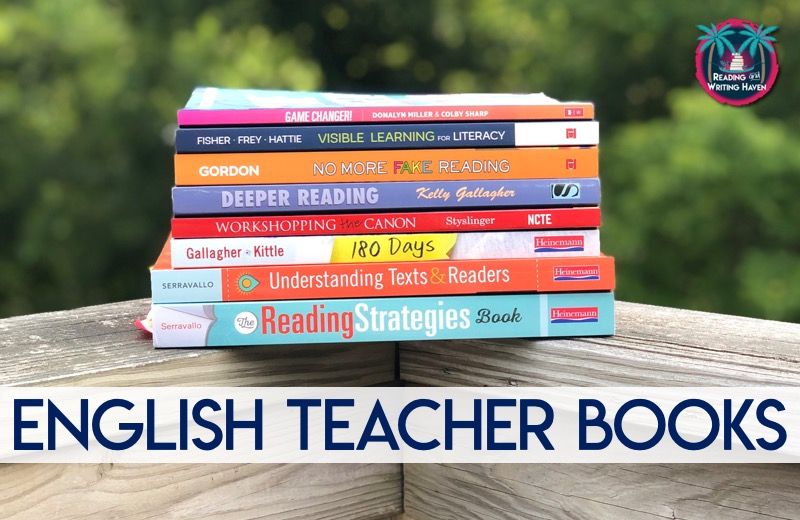 So, round up some likeminded friends in your building or connect with other curious educators in Facebook groups or Twitter chats, and keep asking questions this school year.
So, round up some likeminded friends in your building or connect with other curious educators in Facebook groups or Twitter chats, and keep asking questions this school year.
What are your favorite professional books about teaching reading? Please share in the comments.
10 Helpful Science of Reading PD Books for Teachers
What is the science of reading? The term is often used while discussing research-backed methods for teaching kids to read. It isn’t new, but it’s definitely a hot topic these days. If you’ve been wondering where to start learning more about the topic, we vetted some recent PD books that can help you out. We also know you’re busy, so we found a mix of quick reads you can get through in a weekend and ones that dive a little deeper.
(Just a heads up, WeAreTeachers may collect a share of sales from the links on this page.)
Science of Reading PD Books
1. Know Better Do Better: Teaching the Foundations So Every Child Can Read by David Liben and Meredith Liben
This is a super-practical primer (or refresher) on foundational literacy skills and how to teach them.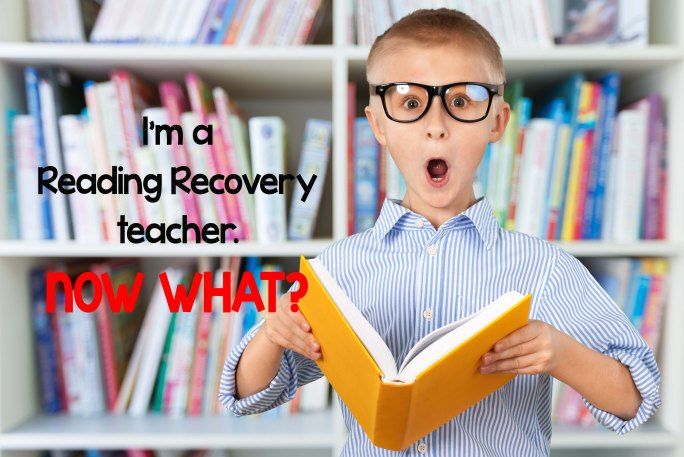 The authors are founders of an alternative public school in New York City. They pulled off a dramatic turnaround in their students’ reading scores by leaning into the science of reading. The book includes many memorable stories that really help the content stick in your mind.
The authors are founders of an alternative public school in New York City. They pulled off a dramatic turnaround in their students’ reading scores by leaning into the science of reading. The book includes many memorable stories that really help the content stick in your mind.
Buy it:
Know Better Do Better: Teaching the Foundations So Every Child Can Read at Amazon | Know Better Do Better: Teaching the Foundations So Every Child Can Read at Bookshop2. Shifting the Balance: 6 Ways to Bring the Science of Reading into the Balanced Literacy Classroom by Jan Burkins and Kari Yates
This book will help you rethink some of your balanced literacy classroom practices without feeling like you have to start from scratch. Each chapter calls out common misconceptions, explains research, and gives super-manageable suggestions for “making the shift.” Tons of teachers call it a game changer! (Psst: The authors have also have amazing online resources.)
Buy it:
Shifting the Balance: 6 Ways to Bring the Science of Reading into the Balanced Literacy Classroom at Amazon | Shifting the Balance: 6 Ways to Bring the Science of Reading into the Balanced Literacy Classroom at Bookshop3.
 Letter Lessons and First Words: Phonics Foundations That Work by Heidi Anne Mesmer
Letter Lessons and First Words: Phonics Foundations That Work by Heidi Anne MesmerIf you want to improve your grasp of phonics instruction, Heidi Mesmer definitely has your back. This book gives a crash course on the English language for teachers. (For example, if you constantly forget what a diphthong is, this one is for you!) There’s a helpful phonics lesson framework to use over and over. Plus, we love all the easy activities and routines.
Buy it:
Letter Lessons and First Words: Phonics Foundations That Work at Amazon | Letter Lessons and First Words: Phonics Foundations That Work at Bookshop4. The Reading Strategies Book: Your Everything Guide to Developing Skilled Readers by Jennifer Serravallo
Since 2015, we’ve pulled from this huge collection of strategies for helping students grow their reading comprehension, fluency, and reading response skills. In response to research, the author recently revised her chapter about reading accuracy.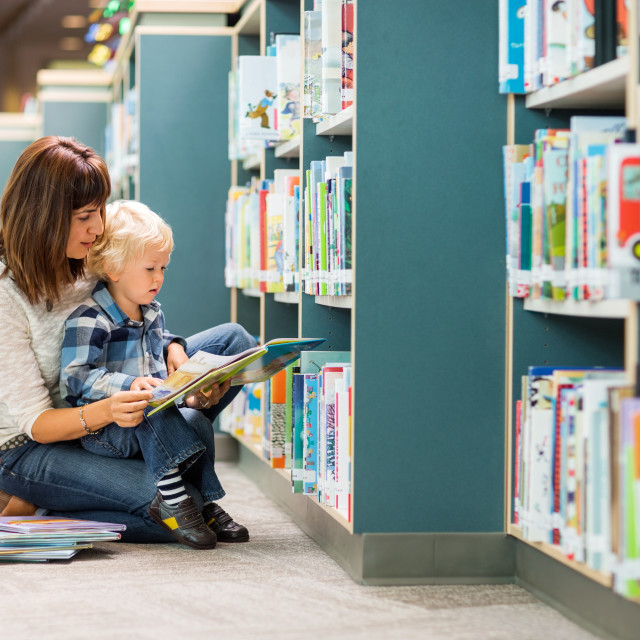 She added 30 additional decoding strategies and made it available as a free download for anyone who purchased the book. This updated chapter can help you double down on emphasizing decoding and discouraging guessing.
She added 30 additional decoding strategies and made it available as a free download for anyone who purchased the book. This updated chapter can help you double down on emphasizing decoding and discouraging guessing.
Buy it:
The Reading Strategies Book: Your Everything Guide to Developing Skilled Reader at Amazon | The Reading Strategies Book: Your Everything Guide to Developing Skilled Reader at Bookshop5. How to Plan Differentiated Reading Instruction, Second Edition: Resources for K-3 by Sharon Walpole and Michael C. McKenna
Juggling kids’ needs is tricky. In this book, chapters cover how to use research to plan small groups that target phonological awareness, word recognition and decoding, fluency, and comprehension. This updated edition is full of invaluable practical advice.
Buy it:
How to Plan Differentiated Reading Instruction, Second Edition: Resources for K-3 at Amazon | How to Plan Differentiated Reading Instruction, Second Edition: Resources for K-3 at Bookshop6.
 Choosing and Using Decodable Texts: Practical Tips for Enhancing Phonics Instruction by Wiley Blevins
Choosing and Using Decodable Texts: Practical Tips for Enhancing Phonics Instruction by Wiley BlevinsDo you hate decodable text? Long-time reading researcher Wiley Blevins just might win you over. Quick, readable, and research-driven, this is a great resource for K-2 teachers. Printable book lovers will appreciate the included black-line masters.
Buy it:
Choosing and Using Decodable Texts: Practical Tips for Enhancing Phonics Instruction at Amazon | Choosing and Using Decodable Texts: Practical Tips for Enhancing Phonics Instruction at Bookshop7. Sounding Out the Sight Words: An Alternative to Rote Memorization by Denise Eide and Cindy Kringelis
Here’s a science of reading PD book focused on one concrete action step. Brain research encourages teaching kids to rely on letter sounds to read high-frequency words. These lessons make it easy to update your approach.
Buy it:
Sounding Out the Sight Words: An Alternative to Rote Memorization at Amazon8.
 Speech to Print: Language Essentials for Teachers, Third Edition by Louisa Cook Moats
Speech to Print: Language Essentials for Teachers, Third Edition by Louisa Cook MoatsThis gold-standard textbook from a reading research guru was recently updated. Now it has lots of practical guidance and helpful charts, too.
Buy it:
Speech to Print: Language Essentials for Teachers, Third Edition at Amazon | Speech to Print: Language Essentials for Teachers, Third Edition at Bookshop9. Language at the Speed of Sight: How We Read, Why So Many Can’t, and What Can Be Done About It by Mark Seidenberg
Fill your coffee mug and find your highlighters. This is a detailed explanation of the reading brain from a cognitive neuroscientist.
Buy it:
Language at the Speed of Sight: How We Read, Why So Many Can’t, and What Can Be Done About It at Amazon | Language at the Speed of Sight: How We Read, Why So Many Can’t, and What Can Be Done About It at Bookshop10. The Knowledge Gap: The Hidden Cause of America’s Broken Education System—and How to Fix It by Natalie Wexler
Here’s a science of reading PD book with a different perspective: the impact of background knowledge on students’ reading (and overall school) success.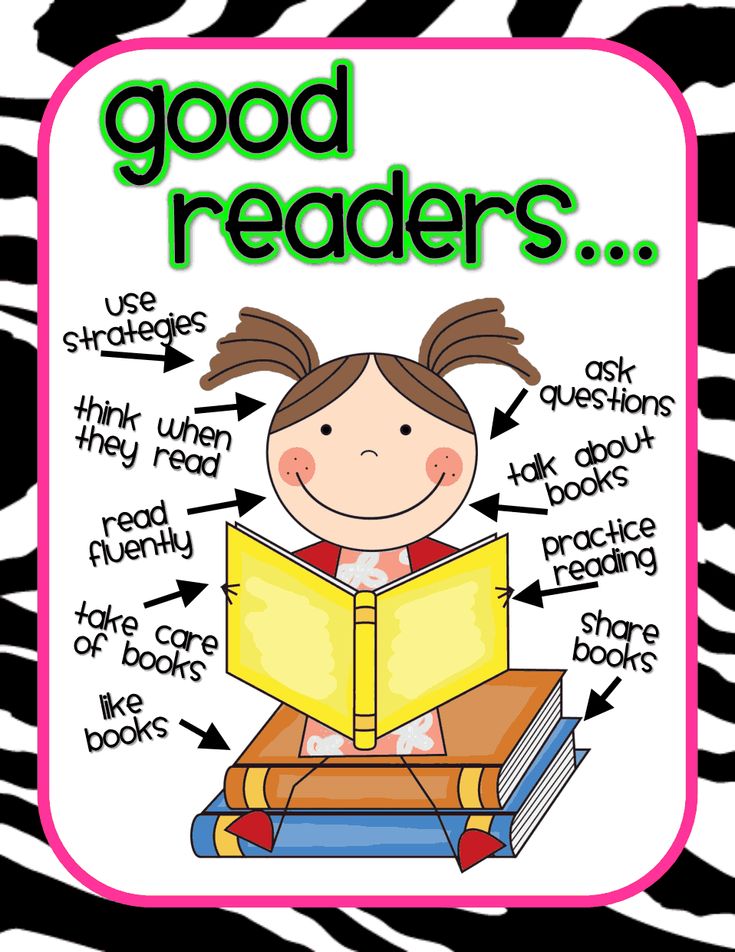 Do you want to be able to stick up for content area teaching for kids? If so, you’ll love this one.
Do you want to be able to stick up for content area teaching for kids? If so, you’ll love this one.
Buy it:
The Knowledge Gap: The Hidden Cause of America’s Broken Education System—and How to Fix It at Amazon | The Knowledge Gap: The Hidden Cause of America’s Broken Education System—and How to Fix It at BookshopWhat science of reading PD books have you read lately? Share in the comments below!
Want more booklists? Make sure to subscribe to our newsletters.
9 books that will teach you to read
Early learning to read, as well as the desire to engage in early development with a child, is a trend of recent years. The Clever publishing house recommends which books should be used for activities with the baby, in order not only to teach him to recognize letters and put words out of them, but also to instill a true love of reading.
Primer. Learning to read from 2-3 years old
At what age is it time to learn letters with a baby? Our authors, teachers with experience, Olga Uzorova and Elena Nefedova, believe that you can start from the age of two! Early? Boring? In no case! Kids love letters and games with them.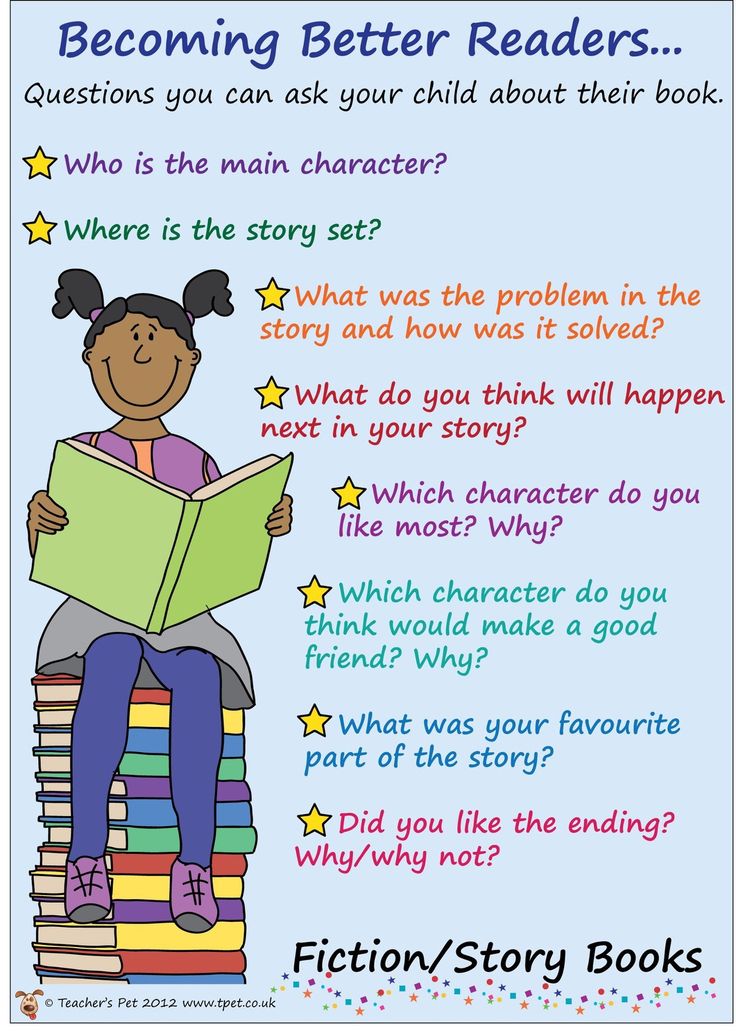 Here, for example, is the letter "Z", which buzzes like a fly, and here is the letter "R", it roars like a lion. And kids are also delighted that syllables and words can be added from letters.
Here, for example, is the letter "Z", which buzzes like a fly, and here is the letter "R", it roars like a lion. And kids are also delighted that syllables and words can be added from letters.
The tasks in the book are selected so that children of 2-3 years old do not get bored with its pages, but get acquainted with new things with interest, playing and joking. This will be very useful for them in the future: knowing all the letters, it is much easier to study with "adult" primers.
Notebook-Primer. Learning to read and write from 2-3 years old
This notebook is the perfect match for the Primer. There are no difficult lessons and boring activities in it.
The new edition is based on the effective method of teaching reading and writing by Olga Uzorova and Elena Nefedova. The main idea of the technique is to captivate and interest the child, which means that you will not be bored. To help parents as much as possible, we put detailed instructions at the beginning of the notebook on how to properly practice it with the baby.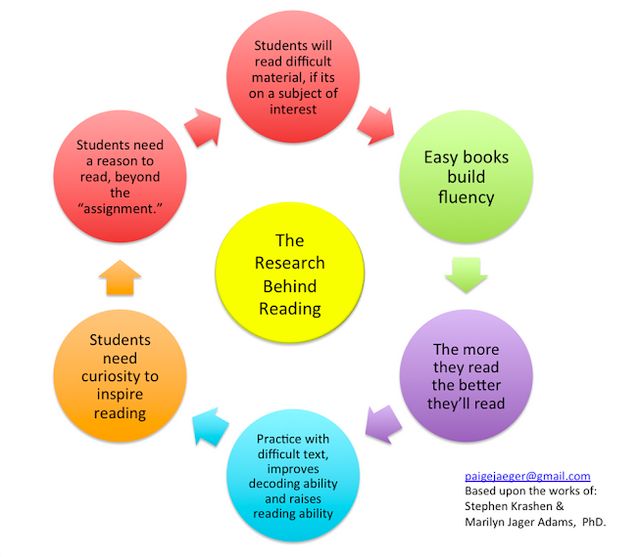
Information is presented in a playful way, with vivid example pictures. Now every new lesson is a game, not just learning to read. Study from a notebook and consolidate your knowledge with a split cash register of letters. With it, you can learn not only to read, but also to write small words and even mini-sentences!
Tosya-Bosya plays with letters
Tosya-Bosya does not sit still, she is always drawn to something new and interesting. In the new book, the cheerful fidget will not only play and be naughty, she will learn letters. And your child will get acquainted with the alphabet with her in a simple and exciting way.
Toshi-Boshi has prepared a lot of tasks for you: learn the word and add the first letters of the names of objects, complete the letters in one of the halves, color the pictures, cross out the extra letters in the words and collect the correct words from the jumbled letters.
We have also prepared many interesting facts.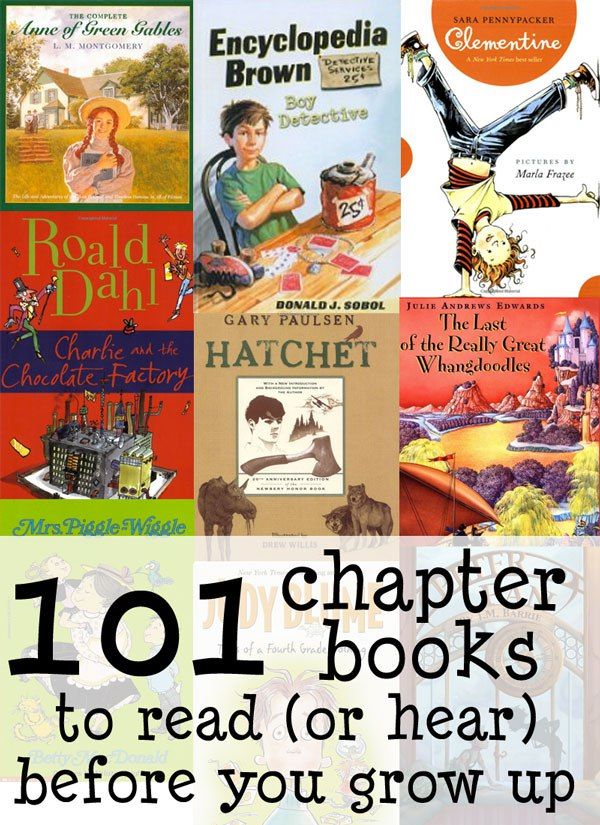 From the book, together with Tosei-Bosei, you can learn about ancient types of writing, about complex symbols and hieroglyphs that were used to replace long words. And if you still can’t write ordinary letters, you can try to come up with your own hieroglyphs with your child.
From the book, together with Tosei-Bosei, you can learn about ancient types of writing, about complex symbols and hieroglyphs that were used to replace long words. And if you still can’t write ordinary letters, you can try to come up with your own hieroglyphs with your child.
Vinnie and his friends. Learning the alphabet
Notebook-notebook with a game alphabet for children from 3 to 6 years old with a favorite friend of many children - Winnie the bear and his company.
All the letters of the alphabet are gathered on its pages. Each letter is accompanied by a small rhyme in which it is played out, and an interesting task associated with the rhyme. Draw portraits of Winnie's friends, get out of labyrinths, water vegetables and collect honey while memorizing the letters of the alphabet. An excellent choice for those mothers who seek to distract the child from the TV screen or want to keep the child on the road with maximum benefit.
Animal alphabet.
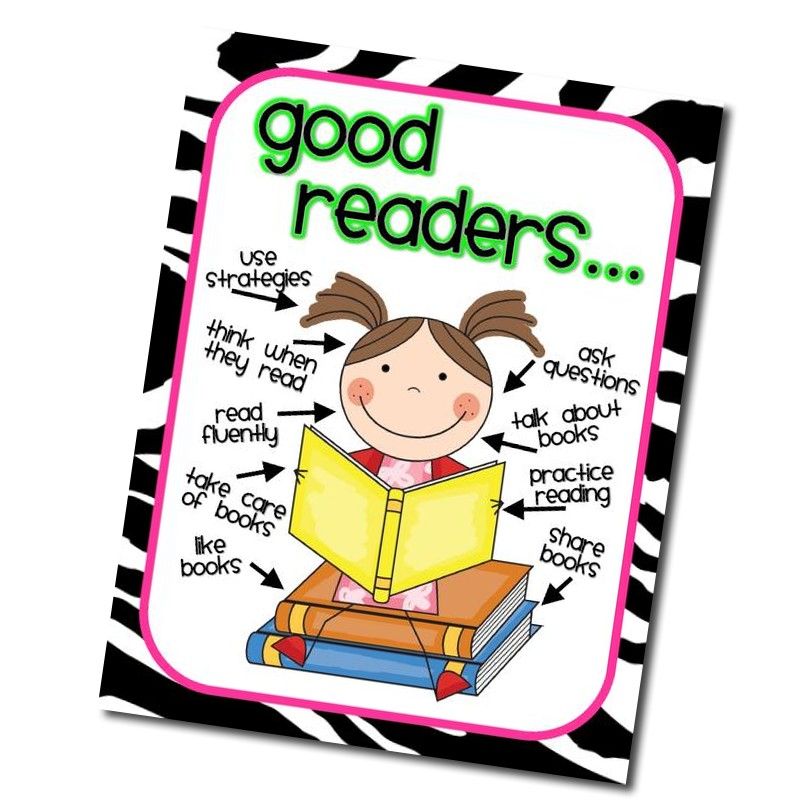 Notebook with games and tasks
Notebook with games and tasks Velcro notepad is a win-win move to draw the attention of the little fidget to learning the letters of the native alphabet. Children love Velcro, especially if there is something interesting behind them!
In this notebook, we have collected 150 creative tasks, by completing which the child will develop fine motor skills, memory, attention, coordination, and also learn how to hold a pencil in his hand correctly. After all, without help, the spider will not get into the forest, the fish will be left without shadows, and the elk will wander around the maze! How can you not help here? And the animals, in gratitude for this, will show the fidget all the letters, teach them how to write them and even solve puzzles.
In the country of letters. 200 game tasks
Psychologists and teachers say that children learn best in the game. And it is much more pleasant for parents to play with children than to arrange boring reading and writing classes.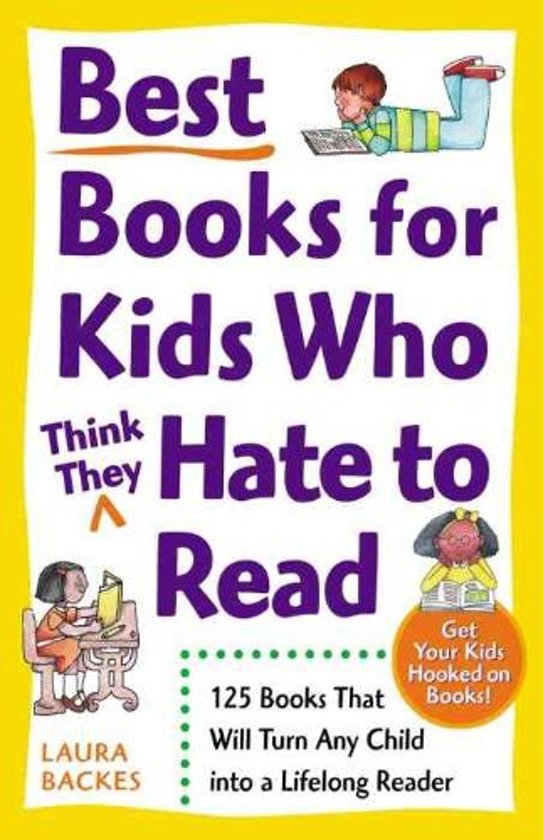
Go to the land of letters with the book by Svetlana Voskresenskaya. Under the cover you will find 200 different tasks for the initial learning to read and write. Learn new letters, look for them in words, make up funny stories from pictures, write and draw hooks and squiggles!
Each spread of the book consists of several tasks for a certain letter. Moving from simple to complex, your child will learn to read first, and then to write in block letters and even syllables. And those parents who like to carefully study various methods will find detailed instructions for classes at the beginning of the book.
I am learning letters. Alphabet-recognition
Alphabet-recognition is a handy box with 32 magic cards and detailed instructions for parents. To start a fun game, you just need to get them all and select the one you need.
Each card will introduce the kid to one of the letters of the Russian alphabet, tell you what words this letter can be found in and teach you how to write it correctly. By the way, you can write directly on the cards: they are reusable, you only need an erasable felt-tip pen.
By the way, you can write directly on the cards: they are reusable, you only need an erasable felt-tip pen.
I am learning to read. Learn the word!
Another beautiful box on a string, in which 32 task cards were hidden. They will introduce the kid to the letters and help him learn to read.
To memorize each letter well, you must first learn how to find it. Found? Now you can read short words. And two-syllable words. And then out of three! That's how we learned to read. And besides the correct words, the cards hide "incorrect" ones, which must be found and underlined. You can underline and draw directly on the cards: they are reusable, as in the ABC-Knowing, and very convenient.
I am learning to write. Logical recipes
And again the box, but this time more complex. It is perfect for those mothers and children who have already got acquainted with the letters and want to learn how to write them. On 32 cards, the kid will have to draw lines, squiggles and various elements of letters, and then the letters themselves.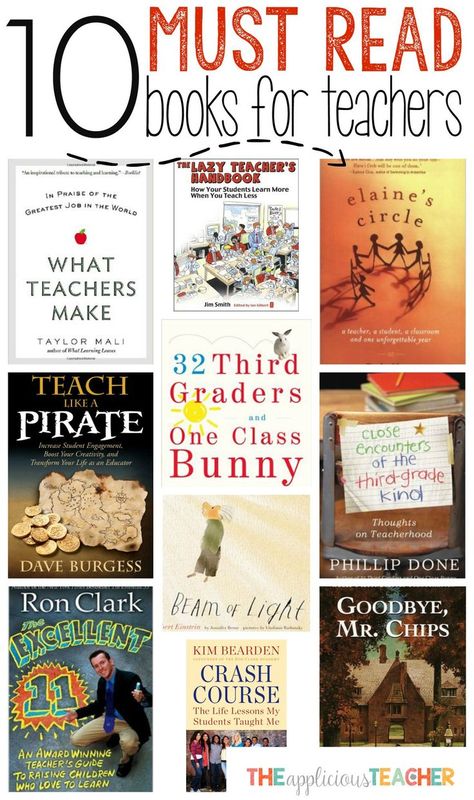 Sometimes you have to count for this, for example, to draw as many large letters F as there are scarves in the picture, and as many small letters F as there are shoes in the picture.
Sometimes you have to count for this, for example, to draw as many large letters F as there are scarves in the picture, and as many small letters F as there are shoes in the picture.
You can write, draw and hatch in "Logical Recipes" on the cards themselves, because they are reusable.
Teaching reading 📚 - top of the best literature on the topic
Teaching reading 📚 - top of the best literature on the topic | Read and listen online on MyBookWhat to choose
Library
Subscription
📖Knigi
🎧Audioknigi
👌 Business books
🔥 Nonins
❤ Audio -Audio -Audio Audio -Audio
🎙 Top
Learning to read quickly
I. Golovleva
Premium
Knowledge of the surrounding world, intellectual and spiritual development of the individual is impossible without reading. This book contains a holistic methodology for teaching speed reading, provided with both training and illustrative material. You will not only be able to learn how to read quickly, but also significantly develop ...0137 "The Adventures of Pinocchio" is one of the most beloved books of our children. The story of a wooden man, naughty and mischievous, but kind, sincere and ingenuous. Having gone through a series of misadventures and trials, Pinocchio learns to distinguish good from evil, gaining intelligence, becoming stronger...
You will not only be able to learn how to read quickly, but also significantly develop ...0137 "The Adventures of Pinocchio" is one of the most beloved books of our children. The story of a wooden man, naughty and mischievous, but kind, sincere and ingenuous. Having gone through a series of misadventures and trials, Pinocchio learns to distinguish good from evil, gaining intelligence, becoming stronger...
Gena the crocodile and his friends
Eduard Uspensky
Premium
Once a lonely crocodile Gena decided to change his life! He put up an advertisement looking for friends and since then he has not known peace for a minute! After all, there were many people in the city who wanted to make friends: the animal Cheburashka, unknown to science, the lanky giraffe Anita, the intelligent lion Chandr and many, many more animals...
We check the technique and speed of reading. Grades 1-4
Olga Larionova
Standard
We bring to your attention a collection of texts for monitoring and evaluating the reading technique of younger students.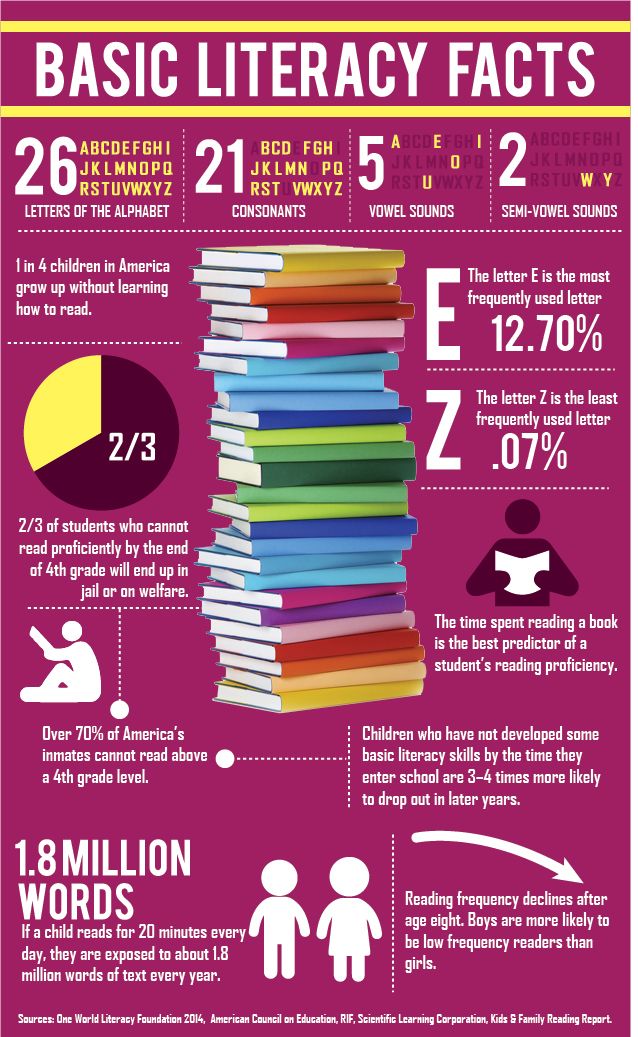 It contains texts of various levels of complexity that can be used as a teaching aid for work in the classroom and as a book to read after school hours. For the convenience of counting, read ...
It contains texts of various levels of complexity that can be used as a teaching aid for work in the classroom and as a book to read after school hours. For the convenience of counting, read ...
The Golden Key, or the Adventures of Pinocchio
Alexei Tolstoy
Premium
The book by A. N. Tolstoy "The Golden Key, or the Adventures of Pinocchio" contains everything that is so interesting to the reader: exciting adventures, terrible villains, funny heroes, good friends and a big secret hidden at the bottom of the pond... All this painted by artist Leonid Vladimirsky. It was he who in 1953 created the ...
Warm bread
Konstantin Paustovsky
Standard
The book includes two fairy tales of the famous writer K. Paustovsky "Warm Bread" and "Dense Bear". Stories about how nature and animals help the kind and sympathetic and punish the evil and angry will certainly appeal to the young reader. The book uses illustrations by the wonderful classical artist A.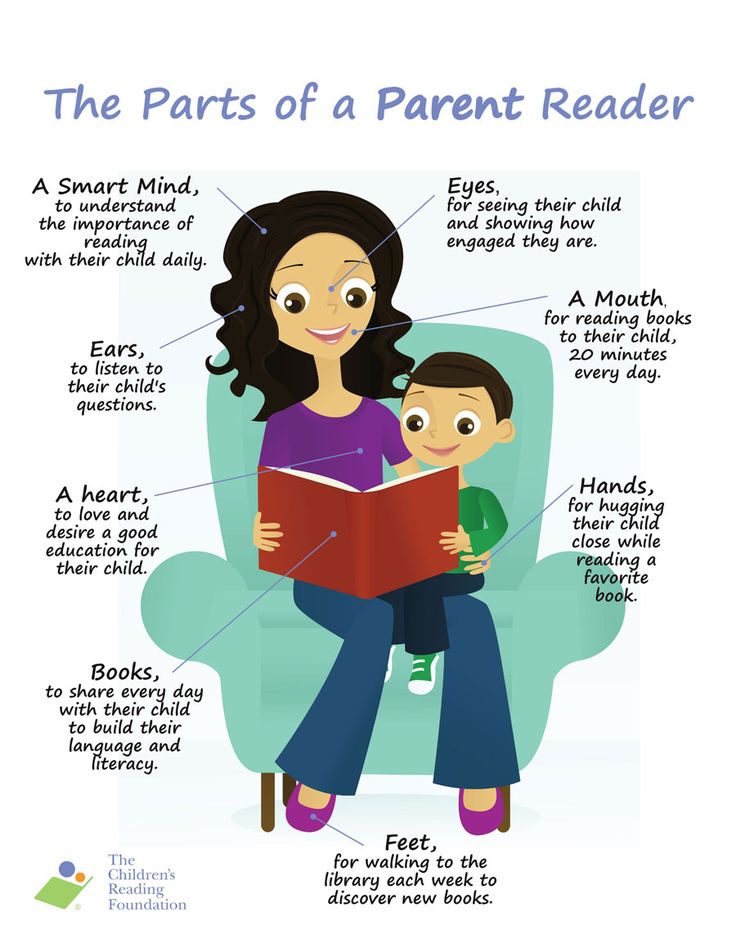 ..
..
Reader for elementary school. 1 and 2 classes. Foreign Literature
Team of Authors
Premium
The book includes fairy tales of the peoples of the world, fairy tales of foreign writers, which take place in grades 1-2 of elementary school. Do not waste time looking for literature, because the anthology has everything you need for reading in class and for extracurricular assignments. The publication fully complies with the norms and requirements...
Stories for children by V. Oseeva, E. Permyak, L. Panteleev. Effective Speed Reading Trainer
Leonid Panteleev
Premium
Speed reading is one of the most important skills that affect school performance. With a slow reading speed, the child is forced to reread the text several times in order to better understand it. This speed reading simulator is designed specifically for children. Cheerful and instructive stories for children of Russian classics.